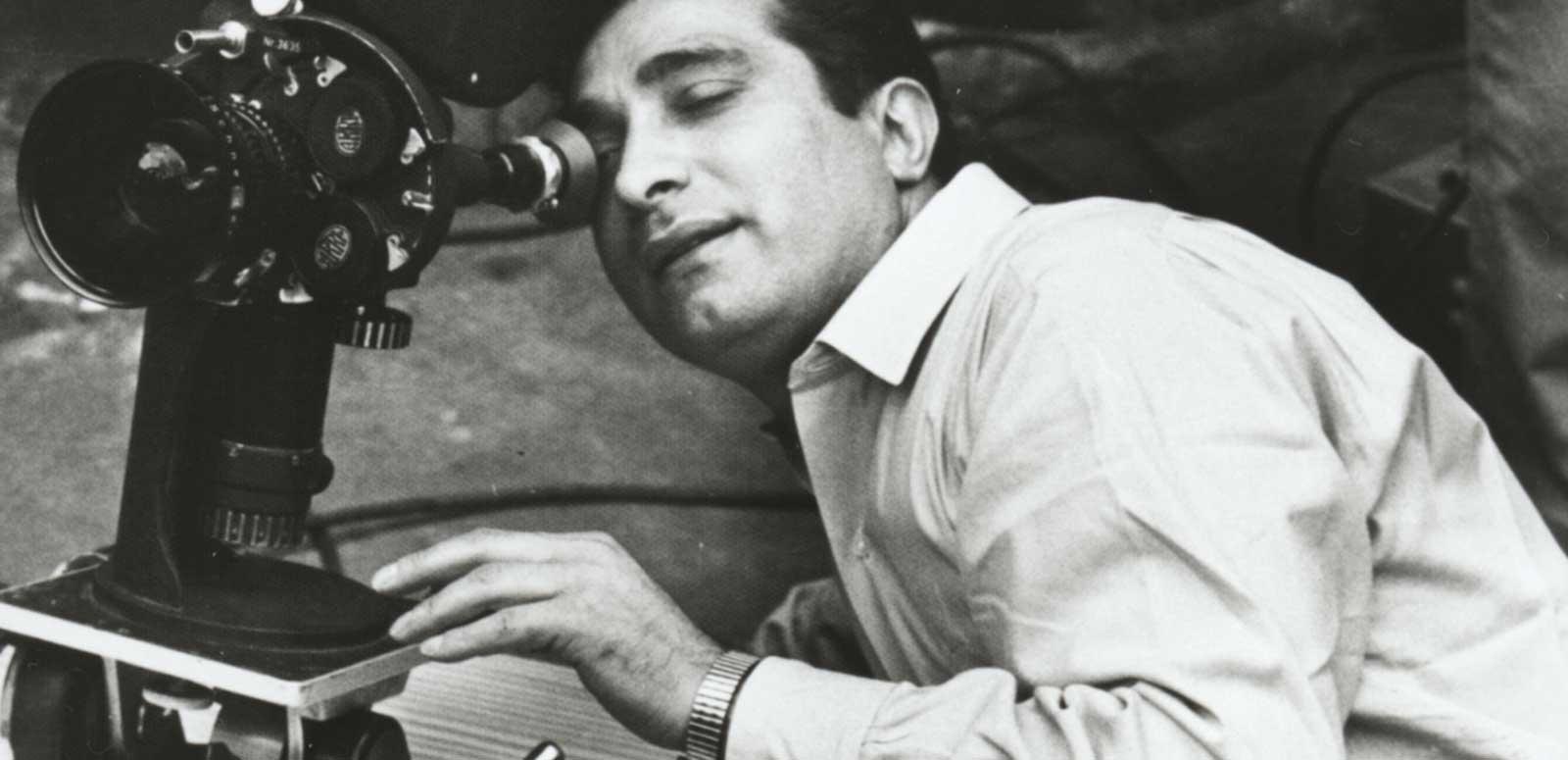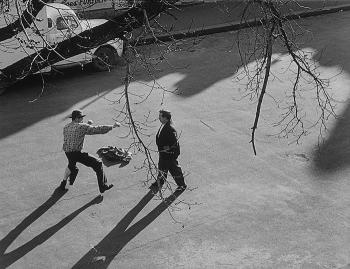The NFSA has restored four landmark films by Italian-Australian filmmaker Giorgio Mangiamele – Il Contratto (1953), The Spag (1962), Ninety Nine Per Cent (1963) and Clay (1965).
Giorgio Mangiamele (1926–2001) made a unique contribution to the production of Australian art cinema in the 1950s and 60s. The NFSA restorations premiered at the 60th Melbourne Film Festival and are available to purchase on DVD or stream through Ronin Films.





